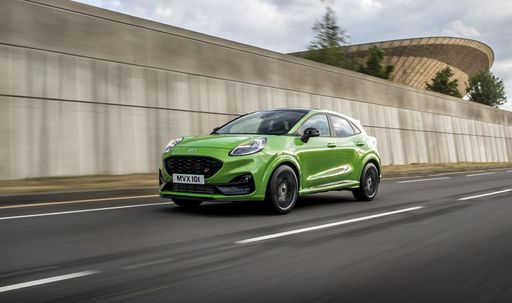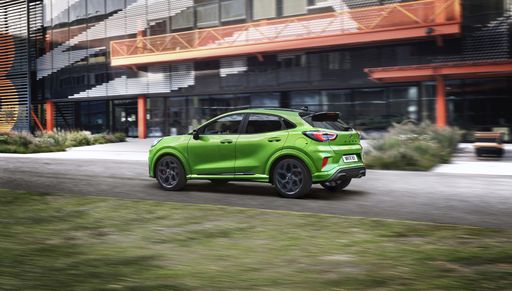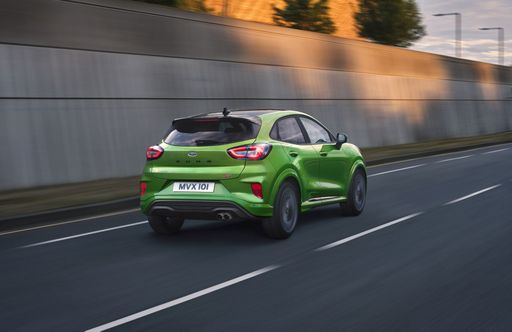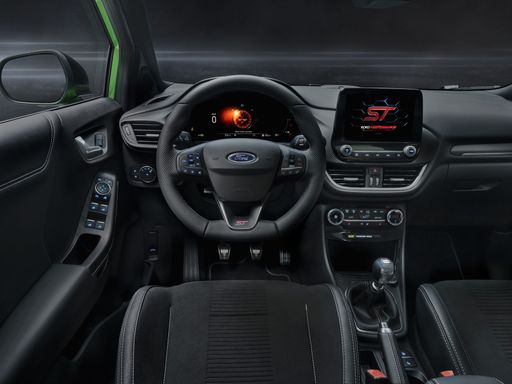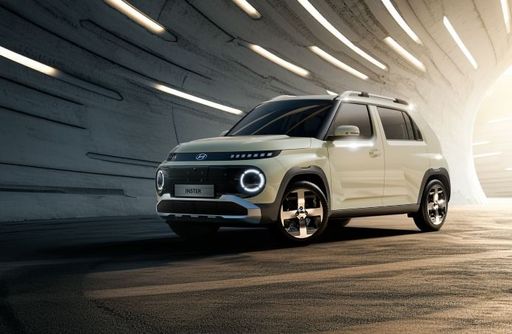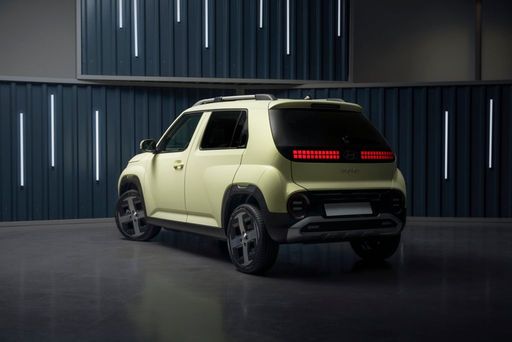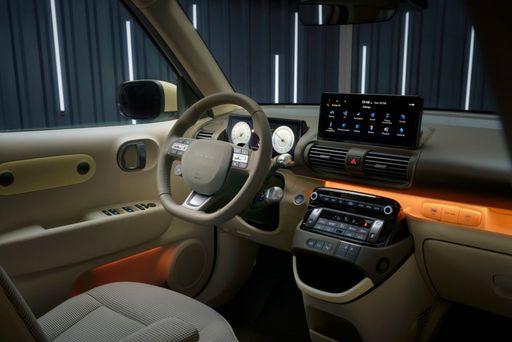Showdown in the Urban Arena: Ford Puma vs. Hyundai Inster
The compact SUV segment continues to be a battleground for innovation and performance. As automakers push boundaries, the Ford Puma and Hyundai Inster stand out as notable contenders. Both vehicles offer striking technological advancements and eco-friendly options, yet cater to different niches within the modern urban lifestyle. Let's dive into a comparative analysis of these two models.

